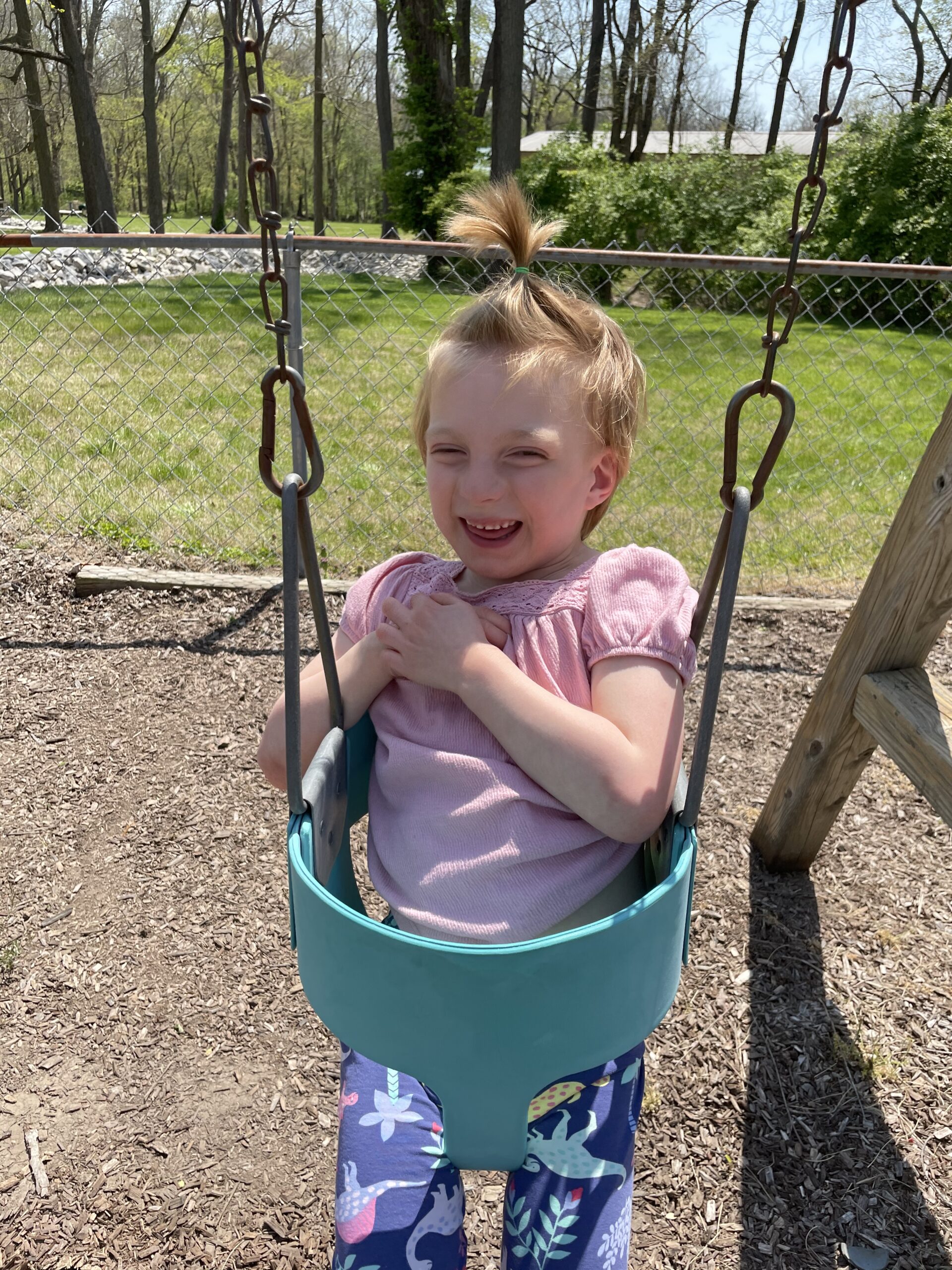Within broad Federal guidelines, States can develop home and community-based services waivers (HCBS Waivers) to meet the needs of people who prefer to get long-term care services and supports in their home or community, rather than in an institutional setting. In 2009, nearly one million individuals were receiving services under HCBS waivers.
Nearly all states and DC offer services through HCBS Waivers. States can operate as many HCBS Waivers as they want — currently, about 257 HCBS Waiver programs are active nationwide.
HCBS Waiver Program Basics
State HCBS Waiver programs must:
- Demonstrate that providing waiver services won’t cost more than providing these services in an institution
- Ensure the protection of people’s health and welfare
- Provide adequate and reasonable provider standards to meet the needs of the target population
- Ensure that services follow an individualized and person-centered plan of care
Each state creates an implementation plan, so the services and terminology across states will vary.
Who Can Get Coverage?
This waiver enables states to tailor services to meet the needs of a particular target group. Within these target groups, states are also permitted to establish additional criteria to further target the population to be served on a HCBS waiver. For example, the population can be targeted by age or diagnosis, such as autism, epilepsy, cerebral palsy, traumatic brain injury, or HIV/AIDS. Eligible individuals must demonstrate the need for a Level of Care that would meet the state’s eligibility requirements for services in an institutional setting. States choose the maximum number of people that will be served under a HCBS Waiver program.
What’s Covered?
States can offer a variety of unlimited services under an HCBS Waiver program. Programs can provide a combination of standard medical services and non-medical services. Standard services include but are not limited to: case management (i.e. supports and service coordination), homemaker, home health aide, personal care, adult day health services, habilitation (both day and residential), and respite care. States can also propose “other” types of services that may assist in diverting and/or transitioning individuals from institutional settings into their homes and community.



